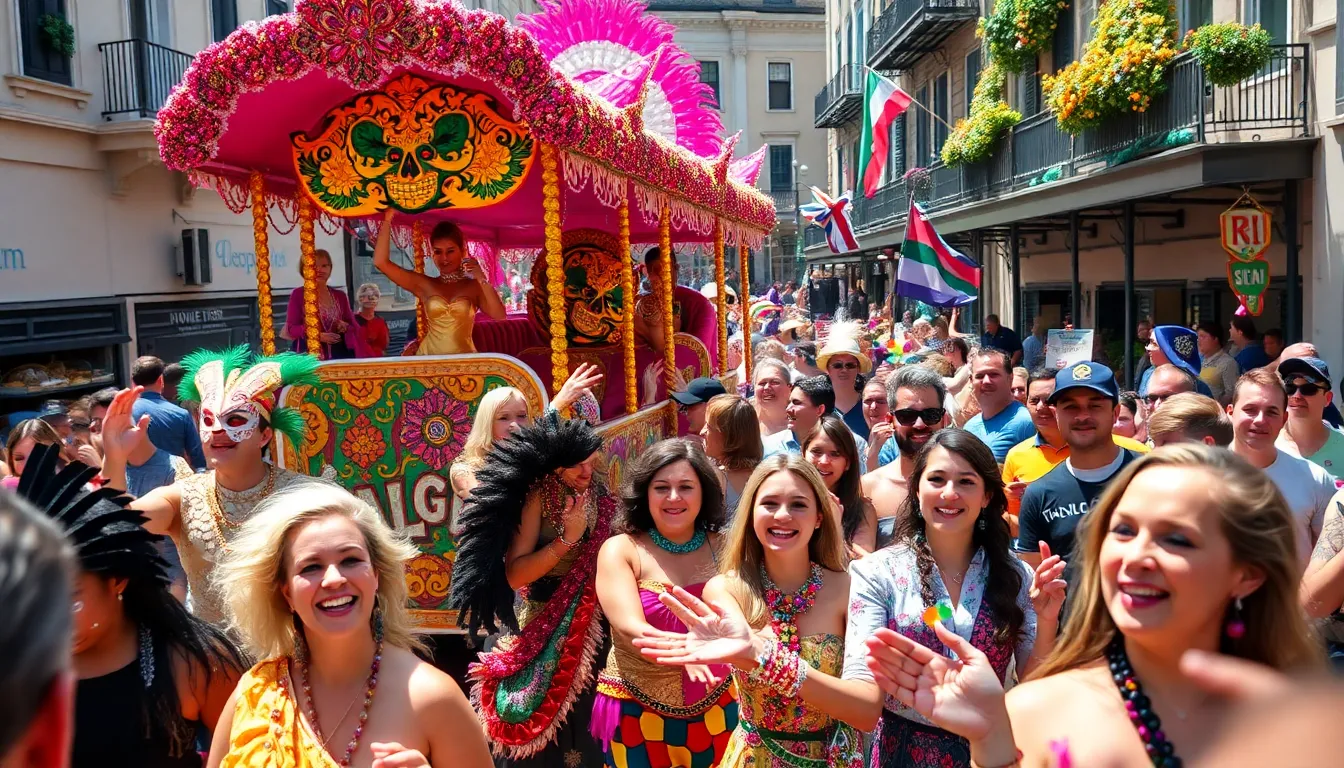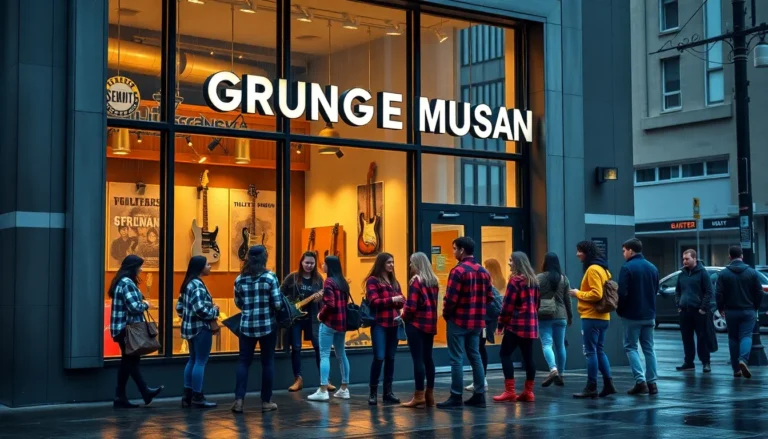Culture is like the secret sauce that gives life its flavor. Without it, the world would be a bland, tasteless concoction. It shapes our identities, influences our interactions, and even spices up how we celebrate Tuesday. But what exactly is an example of culture? Let’s jump into the intriguing realm of customs, traditions, and practices that define us. Prepare for a thrilling journey – your cultural tour bus is about to leave.
Table of Contents
ToggleDefining Culture: An Overview

Culture encompasses the ideas, customs, and social behavior of a particular people or society. Think of it as the intricate tapestry of humanity, woven from shared values, practices, and beliefs. From the meals we share to the holidays we celebrate, culture is reflected in every aspect of our lives. In essence, it’s the lens through which people view the world. But culture isn’t static: it evolves, changes, and often adapts under the influence of various factors like technology, migration, and globalization.
Components of Culture
Culture can be broken down into several key components. First up, values and beliefs. Every society has its core principles that dictate right from wrong, shaping individual behavior. Next, we have norms, which are unwritten rules that guide everyday actions. For instance, saying “please” and “thank you” is not just polite: it’s a cultural expectation. Then there’s symbols like flags or logos, which hold significant meaning for those they represent. Besides, rituals play a critical role, marking important life events such as weddings or graduations. Last but not least, we have material culture, the physical objects that people create and use, such as clothing and technology.
Examples of Culture in Everyday Life
Culture manifests itself in countless ways in daily life. For instance, consider culinary practices. Every region boasts unique dishes that reflect local ingredients, climate, and heritage. Take Italian cuisine: the ritual of preparing fresh pasta is steeped in tradition and family bonding. Notice how a simple meal can reveal so much about a community. Moving beyond food, think about greetings. In some cultures, a firm handshake is a sign of respect, while in others, a bow conveys humility. Even the clothes people wear, whether it’s denim jeans or traditional garb, tell a story about cultural identity.
Cultural Expressions Through Art and Music
Art and music are profound cultural expressions that transcend borders. Imagine how different life would be without music from the Beatles or the vibrant art of Van Gogh. These creations reflect societal values, struggles, and aspirations. For instance, African tribal art often tells stories or commemorates events, whereas Western art movements like Impressionism challenged perceptions of reality. Then there’s music. Genres like jazz, reggae, or classical each carry cultural significance, often representing historical contexts. Festivals celebrating these art forms, like Mardi Gras or the Edinburgh Fringe, further showcase the richness of cultural expressions.
The Role of Language in Culture
Language is perhaps the most fundamental expression of culture. It’s the vehicle through which traditions and values are communicated. Think about idioms and sayings, these often don’t translate easily into other languages, reflecting unique cultural perspectives. For example, the Spanish phrase “falta una pata al banco” translates literally to “a bank is missing a leg” but means the bank is not functioning well. This linguistic quirk is rooted in cultural context. Also, language shapes thought: some cultures have words for specific emotions or concepts that others lack. This highlights not only diverse ways of understanding the world but also the cultural richness embedded within language itself.
Cultural Festivals and Traditions
Cultural festivals are vibrant celebrations that showcase the richness of traditions and customs. Think about Mardi Gras in New Orleans, where music, parades, and colorful costumes fill the streets, or Diwali, the Hindu festival of lights, celebrated with small oil lamps and fireworks to signify the victory of light over darkness. Each festival offers a unique glimpse into the values and histories of the cultures they represent. Traditions like these create a sense of community and continuity that bond generations together, reminding us of who we are and where we come from.








